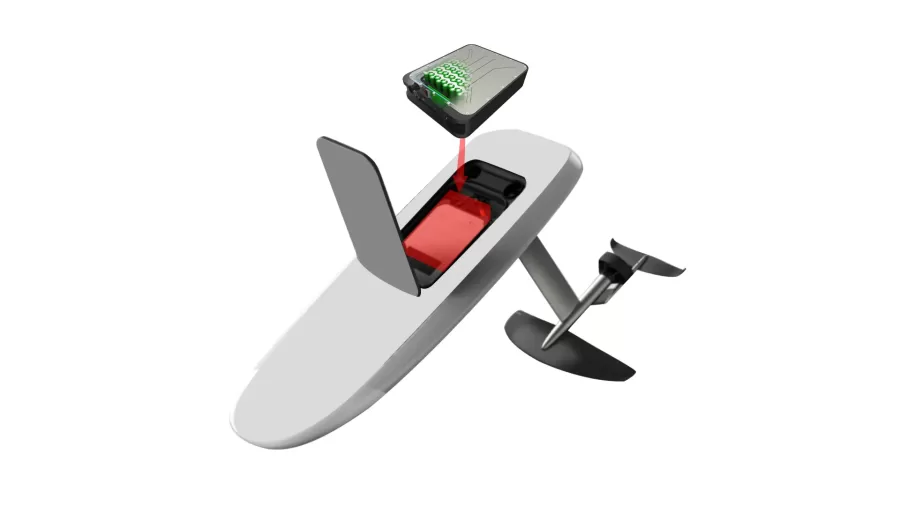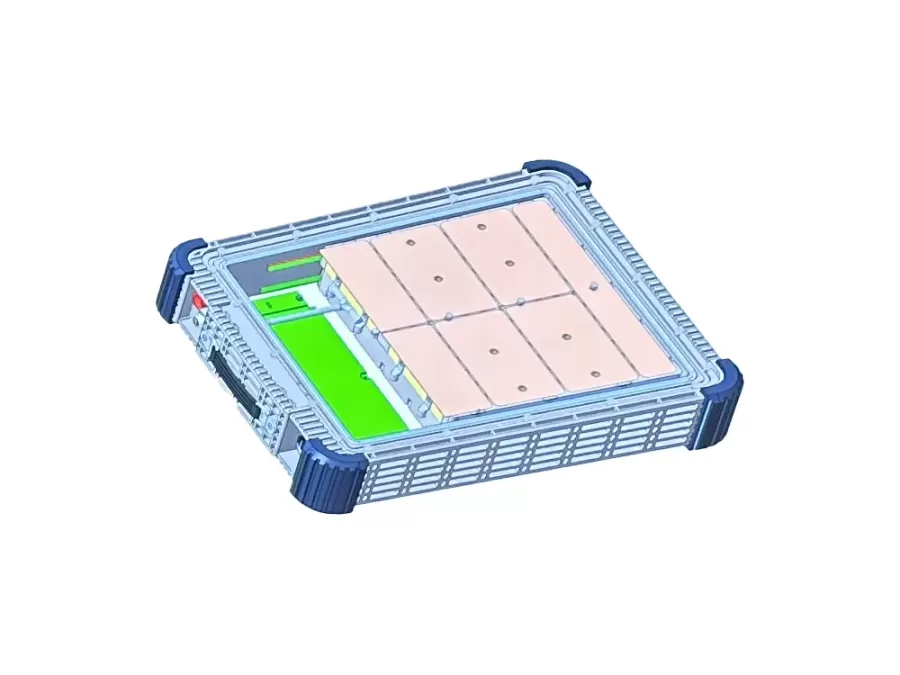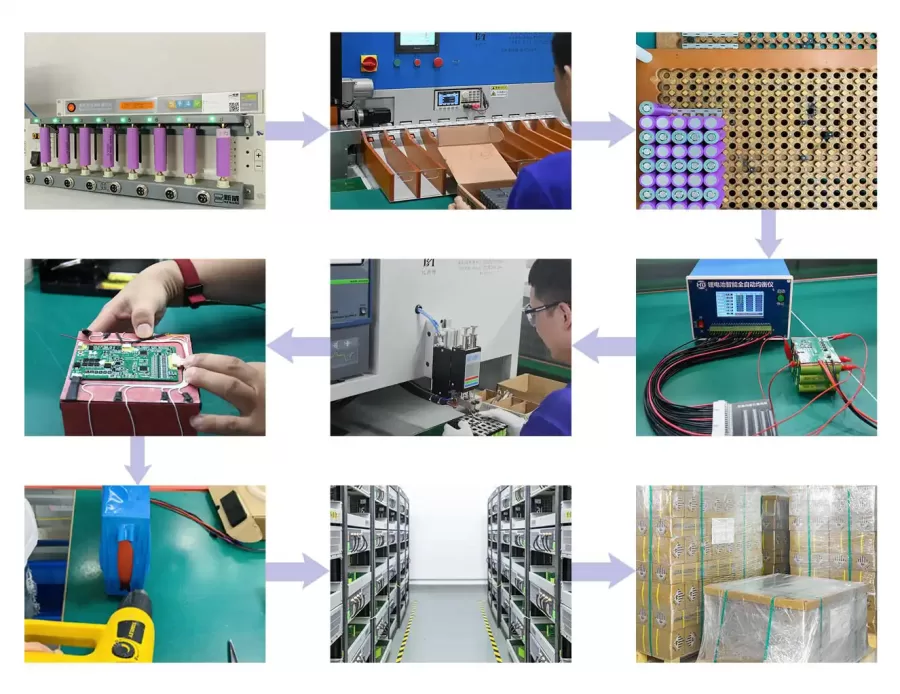Electric-powered surfboards, also known as foils, are rising in popularity in the water sports industry. As the market for electric surfboards continues to expand, the demand for high-quality, safe, and high-performing eFoil batteries also rises. The technology and features of eFoil batteries play a crucial role in the success and dependability of any electric surfboard. In this article, we’ll dive into the steps involved in developing reliable and effective eFoil batteries and the importance of quality eFoil battery design.
The Custom eFoil Battery Design Process
Step One: Project Brief & Basic Design
At CMB, each of our clients seeking custom battery designs completes a questionnaire and project brief to provide our engineering team with some core information about their needs and desires. A CMB consultant then collaborates with the engineering team to develop a basic custom battery pack design to work with.
Step Two: R&D and BMS Development
After the preliminary specifications and design of a custom battery have been established, our engineering team delves into the specific features and elements that will be required for this unique battery pack. The research and development process helps determine the technical specifications, analyze design options, test materials, and extend eFoil battery life. The R&D phase may take weeks or months depending on the complexity of the project at hand. To manage the R&D schedule, efficient communication is vital to ensure that all goals are met.
One of the key elements that are developed in this phase is the battery management system (BMS). The BMS of an eFoil battery is essential in ensuring a battery operates safely and effectively. There are two types of BMS: standard BMS and Smart BMS. Standard BMS includes communication protocols like RS485 and RS232, while Smart BMS features more advanced software like CANBUS and UART.
CM Batteries’ Chief Technology Officer (CTO) has a great deal of experience developing custom BMS designs, selecting optimal cells for each custom battery pack, and designing and constructing battery pack models that are safe and long-lasting.
Step Three: Complete eFoil Battery Pack Design
The complete lithium-ion battery pack design scheme is crucial in producing an effective and reliable electric surfboard battery. This process includes creating 3D models, software, hardware, and other components that will contribute to the functionality of the eFoil battery pack. The design scheme must be optimized for efficiency, performance, and cost-effectiveness. The optimal design must consider different aspects of the battery, such as its power output, shape, weight, and portability. All battery packs are also equipped with thermal insulation materials and other features to prevent the risk of fire under extreme conditions.
3D design drawing of electric surfboard battery
Step Four: Design Review
Next, the design plan must be reviewed thoroughly to identify any errors or areas that need improvement. This helps ensure the final product will meet the expected and required quality and performance standards. The review process is a thorough one, involving the design team, quality control team, and other key members of the CMB staff. Lithium battery factories must incorporate feedback from this stage into the design before moving forward to sample production.
Step Five: Sample Testing
After the design review, battery samples are created and rigorously tested in the laboratory to ensure safety and performance. This process involves putting the sample battery in an applicable eFoil and replicating real-world conditions to test its functionality, performance, and safety. The testing includes vibration tests, high-temperature tests, low-temperature tests, and fall tests. This is a crucial stage in the development of an eFoil battery because it helps identify any issues that may affect the reliability and durability of the product.
CMB’s sample tracking table is a systematic way we document the testing process. It includes the details of the eFoil and battery, the testing schedule, test results, and any issues that were encountered during testing. This is a vital record that helps to identify areas that need improvement and ensure that the final product complies with the required quality standards.
Step Six: Production
Once sample testing is complete and a battery has been approved for manufacturing, the production process begins. CMB’s manufacturing process is carefully monitored and tested to ensure the best possible products are being produced. From the selection of raw materials to intensive internal quality control (IQC) testing and input process quality control (IPQC) testing, we leave no stone unturned in ensuring the highest level of quality in every battery we produce.
CMB is dedicated to producing high-quality batteries that not only energize the unique products they’re made for but also the end consumer using those products. CMB is also dedicated to spreading that energy. We’ll happily donate 1% of eFoil battery sales to the research of ocean conservancy. If your community has an institute or program dedicated to researching and advancing ocean conservancy, please contact us.





